BRICS To Overtake Developed Nations By Car

Scotia Bank in Toronto has an insightful and resourceful car analyst, Carlos Gomes. Whatever he writes is worth reading. He expects car sales to rise and the “United States and the euro zone to climb out of their deep hole.” He also expects that the developed nations are ripe to be plucked and eaten by an upstart, roughhewn crowd:
“In 2011, new car sales in China and the other BRIC nations (Brazil, Russia, India and China) will surpass the combined volumes of Western Europe and Japan, and account for roughly 30 per cent of global car sales.”
Here is his case:
- Sales growth in China will moderate to about 15 per cent over the coming year. Per capita income in China is currently US$4,200 – the sweet spot for auto industry growth.
“Historically, vehicle sales have experienced the fastest growth, when per capita income is in the US$4,000-US$6,000 range. Even with the rapid sales growth in recent years, vehicle penetration in China remains low, only 40 vehicles per 1,000 people, compared with an average of 673 vehicles for the G7 nations. In addition, more than one-quarter of the world’s key vehicle-buying age group, 40-to-49 year olds, reside in China, and are experiencing rapid income gains.”
- India has been the second-best performing major auto market over the past decade, with car sales climbing to a record 1.82 million units in 2010.
“Vehicle penetration remains among the lowest in the world at only 14 vehicles per 1,000 people – nearly half the level prevailing in all of Africa. India enjoys a special demographic advantage, one of the world’s youngest populations, half of its 1.2 billion inhabitants are less than 25 years old. In fact, India is home to 20 per cent of world’s population under 25 years of age. These 610 million potential future car buyers are twice the size of the entire U.S. population, and nearly two-thirds of the current global vehicle fleet, 965 million cars and trucks.”
- Gomes expects car sales in Russia continue to post double-digit gains in 2011.
“Improving automotive credit and employment prospects – job creation is advancing at the fastest pace since mid-2008 – have lifted the willingness of Russian consumers to purchase big-ticket items to the highest level since the summer of 2008.”
Sorry, Marcelo, he didn’t mention Brazil. Must have been an oversight of the insightful analyst.

Bertel Schmitt comes back to journalism after taking a 35 year break in advertising and marketing. He ran and owned advertising agencies in Duesseldorf, Germany, and New York City. Volkswagen A.G. was Bertel's most important corporate account. Schmitt's advertising and marketing career touched many corners of the industry with a special focus on automotive products and services. Since 2004, he lives in Japan and China with his wife <a href="http://www.tomokoandbertel.com"> Tomoko </a>. Bertel Schmitt is a founding board member of the <a href="http://www.offshoresuperseries.com"> Offshore Super Series </a>, an American offshore powerboat racing organization. He is co-owner of the racing team Typhoon.
More by Bertel Schmitt
Latest Car Reviews
Read moreLatest Product Reviews
Read moreRecent Comments
- Carson D Just don't be the whistleblower who reports on the falsification of safety data. That's a deadly profession.
- Carson D I'd have responded sooner, but my computer locked up and I had to reboot it.
- Todd In Canada Mazda has a 3 year bumper to bumper & 5 year unlimited mileage drivetrain warranty. Mazdas are a DIY dream of high school auto mechanics 101 easy to work on reliable simplicity. IMO the Mazda is way better looking.
- Tane94 Blue Mini, love Minis because it's total custom ordering and the S has the BMW turbo engine.
- AZFelix What could possibly go wrong with putting your life in the robotic hands of precision crafted and expertly programmed machinery?



















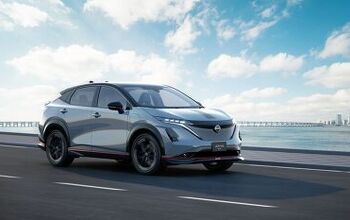
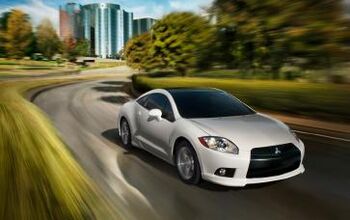
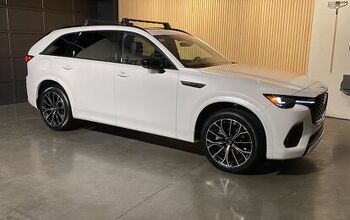
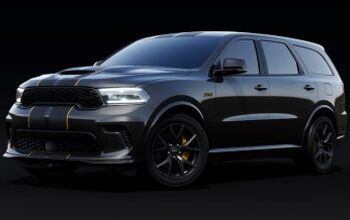
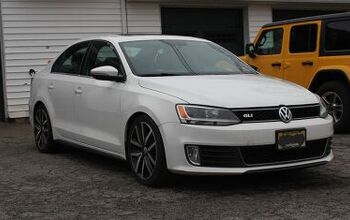
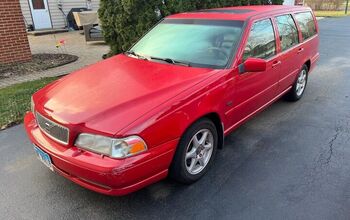
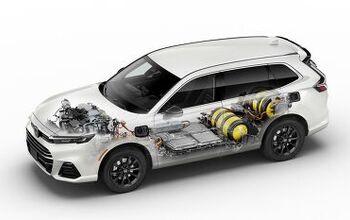

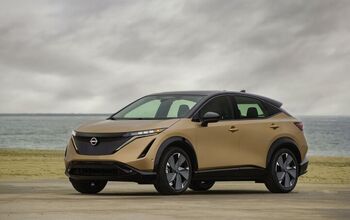



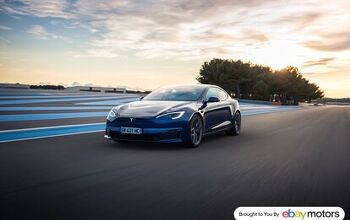

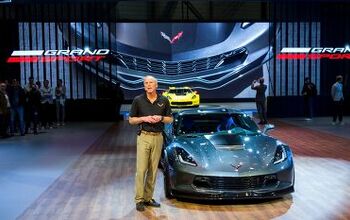
Comments
Join the conversation
Throughout history the wealthy have always lived well. It is the powerless that bear the brunt of societal, political and economic change. America, welcome to the third world!
he didn’t mention Brazil. I'm betting he is either Brazilian or Portuguese (very likely for Toronto) and so may have a clearer view of Brazil and its economy. So much so that he knows Brazil is nowhere in the same league as India and China in potential for growth (in absolute numbers) or in many other measures. People love grouping Brazil together with them so they can get the nice sounding acronym. I don't blame them, we are by far the most important country and with the most potential starting with the letter B!